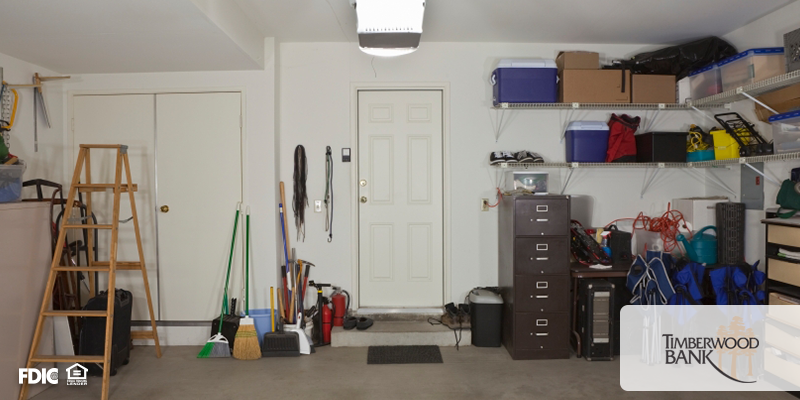
Allowance, when treated as an educational opportunity, gives your child hands-on experience in budgeting, saving, spending, and tracking their money. With these tactics, you and your child can make the most of their allowance while growing their financial literacy.
- Shy away from weekly allowance. A bi-weekly or monthly allowance better reflects a real-world payment schedule than a weekly handout. Additionally, staggered money instead of a steady cash flow opens opportunities to practice budgeting for both spending and savings goals.
- Pay financial, not household, chores. Paying your children for completing basic household duties can shift their helpfulness from intrinsic to monetary. Instead, link their allowance to financial chores, or spending responsibilities that they take off your hands. While you cover school lunch and back-to-school clothes, vacation souvenirs or sporting event concessions are up to their discretion, allowing them to make financial decisions from a young age.
- Open a savings account. It’s never too early to start saving. Open a saving’s account with your child and explain the power of compound interest. Establish that they pull 10% of their total monthly allowance to funnel into savings, enabling them to budget the remaining 90% while teaching the discipline and value of saving.
- Show them the options for their funds. Teach your children the potential their money has by creating four labeled jars for spending, saving, giving, investing. Each time your kids are given money via chores or other revenue sources, have them choose which jar to put the funds in. The spending jar can be used on small purchases like candy bars or little toys, and the saving jar can be put towards larger items that take more time to save.
With each dollar your children learn to save, they will continue to propel their education forward. If you’d like to get your little one’s financial education off to the right start stop by Timberwood Bank today and enroll them in their very own savings account.




